UK Met Office opens 'solar storm' centre
- Published
Solar storms are considered to have the potential to cause major economic upheaval
The Met Office has opened a new forecast centre dedicated to so-called "space weather".
The term describes the disruptive influence that storms at the surface of the Sun can have at Earth.
The worst of these events can disturb satellites, power grids and radio communications.
As with terrestrial weather, the Met Office, at its HQ in Exeter, has been asked to co-ordinate operational forecasting.
It has been doing this now for a number of weeks, working with experts across the UK and in the US, which has had a prediction service for many years.
Jonathan Amos reports from the Met Office HQ in Exeter where a new 'space weather' forecast station is opening
Wednesday's event, led by the Science Minister Greg Clark, formally inaugurated the British centre of excellence.
"The Prime Minister (David Cameron) and the President of the US (Barack Obama) paved the way for the launch of this operational service in their bilateral discussions in 2011," the minister explained.
"Space weather is a serious threat, with the potential to have a very significant effect on society and the economy of our two countries."
Advance notice
Solar storms are now listed as one of most serious threats facing the UK on its National Risk Register, along with flu and volcanic eruptions in Iceland.
Greg Clark MP: “We have some of the best space weather experts in the world”
The government has ordered contingencies be put in place.
Space weather has long been recognised as an issue, but experts say our increasing dependence on technology has made 21st Century society more vulnerable.
Explosive eruptions from the Sun can have a wide range of effects on modern infrastructure.
The magnetic fields in the biggest outbursts can induce currents in electricity networks that overload equipment and cause power outages.
Mark Gibbs, the head of space weather at the Met Office, told the BBC: "We're working with critical national infrastructure operators to protect UK PLC. Our forecasts will help those operators take measures to mitigate the risks, so that hopefully we don't see major problems occurring."
The National Grid is already using the service.
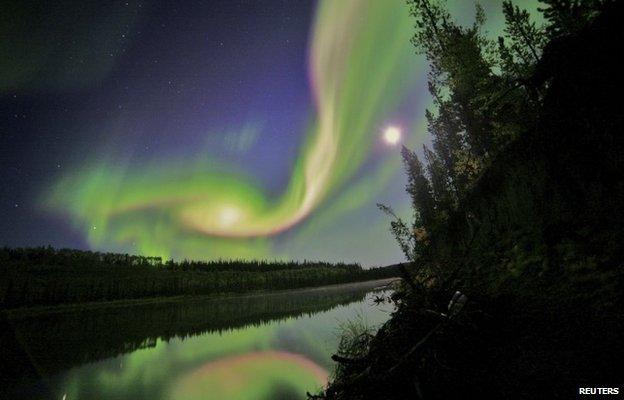
Aurora are one of the impacts solar activity has on the Earth environment
It believes its network's architecture makes it inherently robust, but the director of safety sustainability and reliance, Chris Train, said the new Met Office service was invaluable.
"It's fantastic that we now have these forecasts in the UK. Getting a space weather warning allows us to reconfigure the grid to reduce the loading on any vulnerable transformers. It really does help us to get our operational mitigation in place."
Scientists recall a particularly powerful event in 1859. Described by the English astronomer Richard Carrington, this outburst buffeted the Earth, producing spectacular auroral lights right across the globe. It is said that electric fields generated in wires caused fires in some telegraph stations.
Lloyds of London, the insurance market, completed a study in 2012 that examined how the US power grid would cope with another Carrington event.
It concluded that the damage to critical transformers could leave some consumers with no networked electricity supplies for a period between 16 days and anywhere up to two years, resulting in economic losses that run from $0.6 trillion to $2.6 trillion.
"Things like satellite navigation and power grids represent critical nodes in the world economy, and if they are taken out even for a short time, the impacts can be immense," said Lloyds' Nick Beecroft.
"In the case of floods, hurricanes and other natural hazards here on Earth, the last 25 years have seen a revolution in the understanding and management of risk, thanks to science and computer modelling.
"Space weather is one of those emerging risk areas where we now need to make similar advances."
Dedicated eyes
A key concern for the future is the continuation of the important tools that gather the data for the forecasts. Some are ageing.
One major provider is the Soho spacecraft that sits about 1.5 million km from Earth and stares constantly at the Sun.
"Ten to 15 years is tops for a spacecraft and Soho will be 20 next year," observed Mike Hapgood, a space weather expert with the Rutherford Appleton Laboratory.
"We have ideas for future instruments with the European Space Agency, and we're also developing new radio astronomy techniques that we believe can help."
The Airbus Group has a concept for what would be a dedicated space weather mission called Carrington.
This would trail the Earth in its orbit around the Sun, employing a range of instruments to pick up solar activity before it causes problems on Earth.
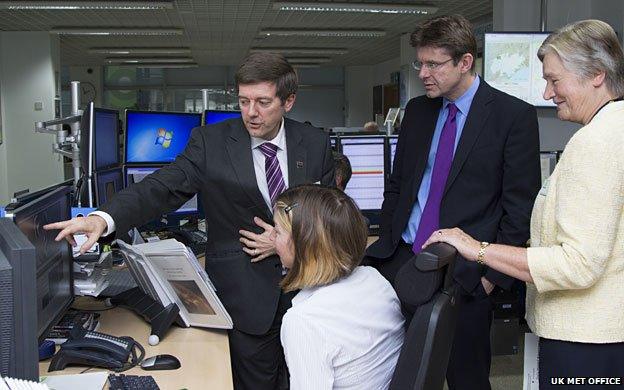
Mark Gibbs (L) briefs science minister Greg Clark (R) in the new space weather operations centre
Jonathan.Amos-INTERNET@bbc.co.uk and follow me on Twitter: @BBCAmos, external
- Published7 February 2013
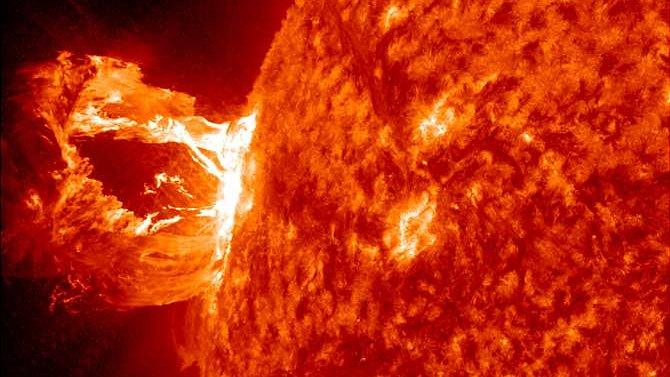
- Published9 March 2012
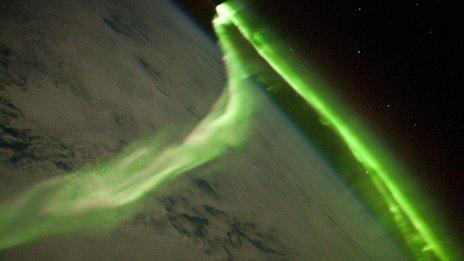
- Published10 October 2012
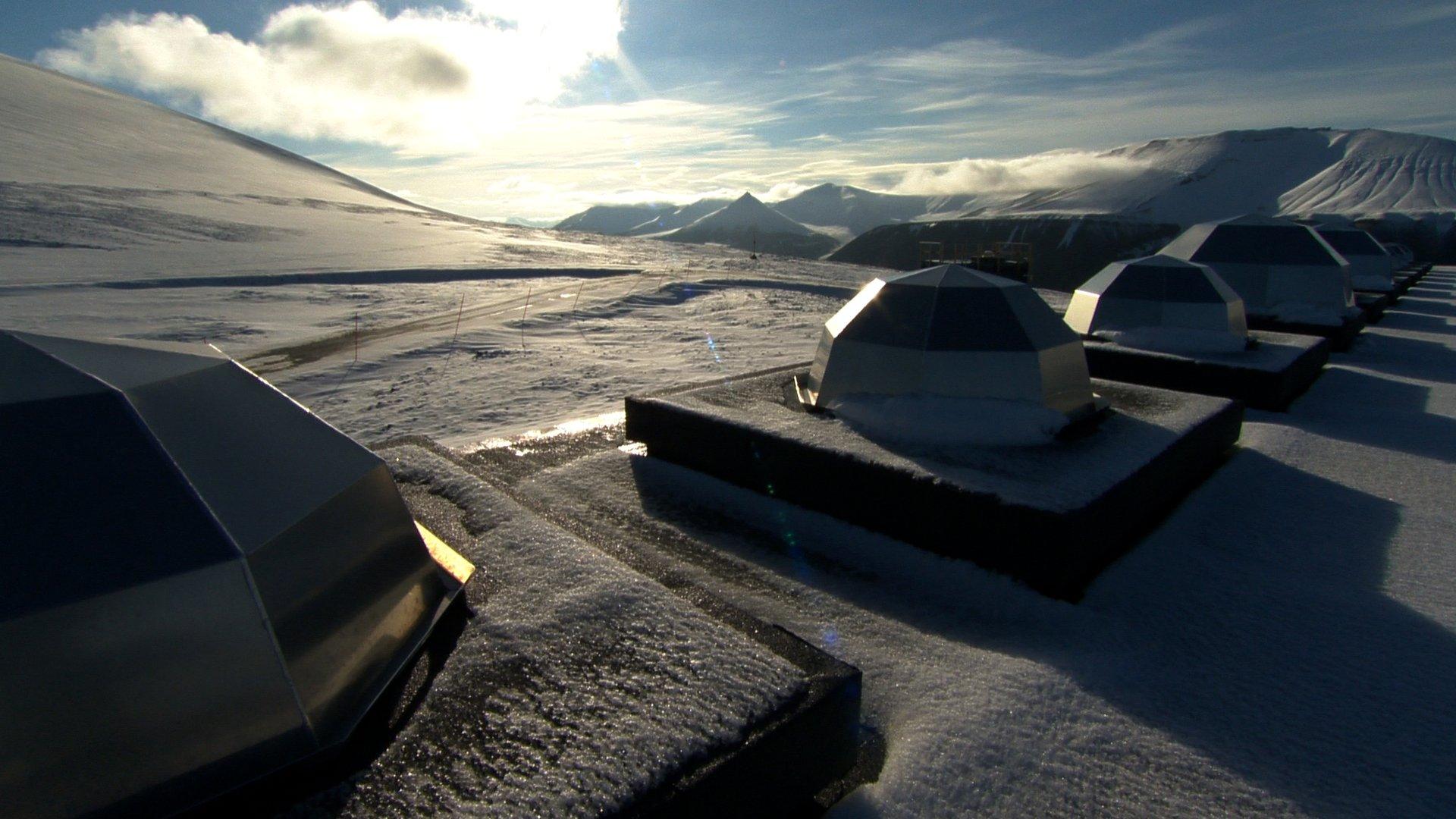
- Published15 August 2012
